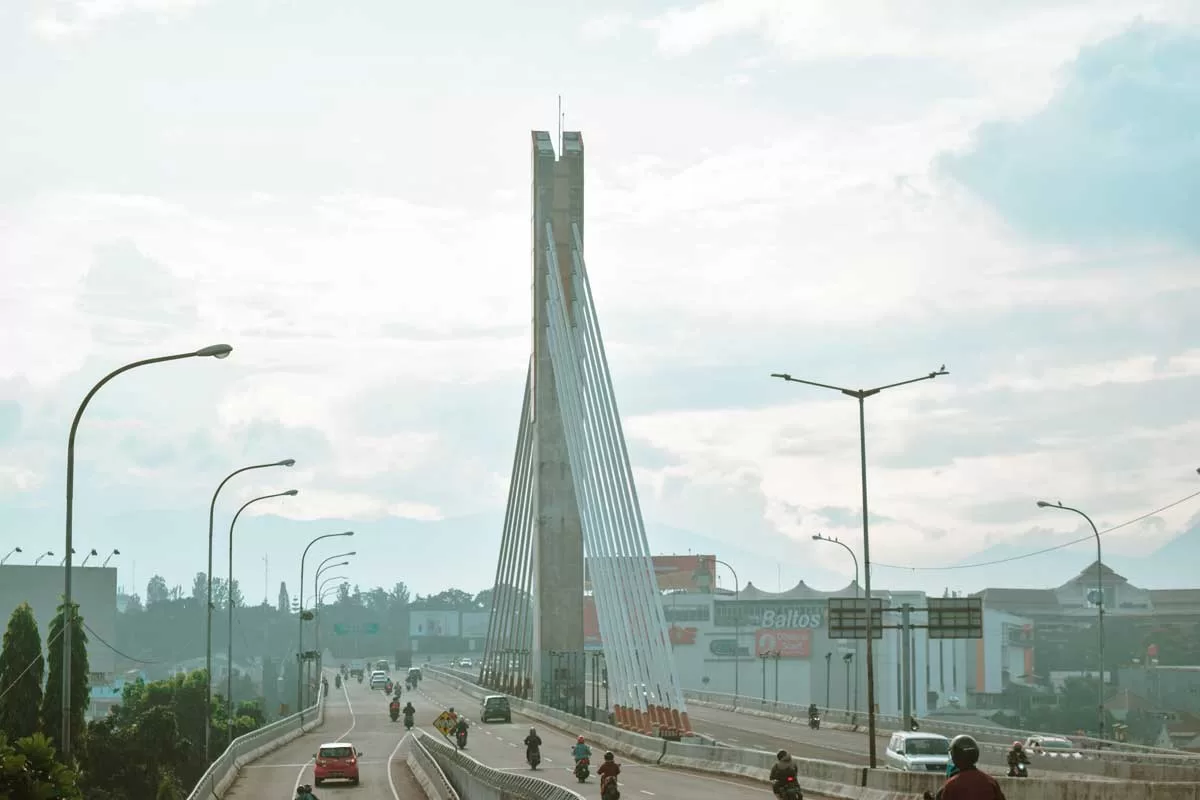Surprisingly, according to IMF data in 2023, Indonesia ranks first among Southeast Asian countries with the largest economy, with a projection to reach US$1.4 trillion. This is equivalent to 36.7% of ASEAN’s total Gross Domestic Product (GDP) and 1.4% of the global GDP. The Organization for Economic Cooperation and Development (OECD) has also predicted that by 2045, Indonesia’s economy will reach US$8.89 trillion, making it the fourth-largest economy in the world. This prediction is rooted in the expectation that Indonesia will experience a demographic bonus between 2030 and 2040. The number of Indonesia’s productive age population will reach 64% of the total population of around 297 million.
The demographic bonus occurs when the number of productive age population, between 15-64 years old, is greater than the non-productive age group, which includes those aged 0-14 and over 64 years old. Additionally, there is also a dependency ratio, which is the ratio of non-productive population to productive population. In 2022, Indonesia’s population reached 275.36 million. Out of this, 190.83 million or approximately 69.3% of the population fell into the productive age category, 67.16 million or 24.39% were in the non-productive age group, and 17.38 million or 6.31% were in the non-productive age group. This population composition implies that Indonesia’s dependency ratio in 2022 was 44.3%. This means that every 100 productive age population supports around 44-45 non-productive age population.
The Central Statistics Agency (BPS) also projects that by 2025, there will be an increase in the number of productive population by almost 10 million people, totaling to 196.13 million people. However, the dependency ratio is projected to decrease slightly to 44.02%. The decrease in the dependency ratio caused by this demographic transition makes Indonesia experience a demographic bonus. BPS believes that Indonesia will become one of the countries with the largest workforce in Asia because there will be 180 million people of working age (with only 60 million being non-productive).
Certainly, many benefit from this demographic bonus, including the economic sector. The costs allocated to managing the productive-age population can become government savings redirected to boost economic growth and accelerate development. Indonesia will have the potential to become one of the largest markets in the world, with a workforce possessing technology-savvy, innovative, and productive human resources; as well as the ability to transform its economy. However, conversely, this can turn into a disaster if the government fails to utilize this demographic bonus to its fullest potential, resulting in imbalances in the workforce ratio and available job opportunities. Ultimately, this could lead to increased unemployment rates, resulting in weakened national economic resilience.
According to a report from the United Nations, the global workforce is predicted to increase by 21% in 2030. To meet the demand for jobs from this workforce, it will require the creation of 734 million new jobs within the timeframe from 2010 to 2030. Meanwhile, according to the Global Competitiveness Index (GCI), Indonesia itself ranks 50th out of 141 countries. This is not something to be proud of because even within the Southeast Asian region, we have lower competitiveness compared to Singapore (ranked 1st globally), Malaysia (ranked 27th), and Thailand (ranked 40th). Similarly, Indonesia ranks even further behind on the global Human Development Index (HDI) at 114th out of 191 countries. Moreover, as of August 2023, the number of unemployed individuals in Indonesia still stands at 7.86 million people. This figure cannot be overlooked.
The quality of Indonesia’s workforce can currently be considered relatively weak. This is evident as the workforce structure is still dominated by individuals with education levels of primary school (SD) or below. Data from the Central Statistics Agency (BPS) in February 2023 states that the workforce with primary school education or below accounts for 39.76%, showing a consistent increase pattern since two years ago, with 37.41% in February 2021 and 39.10% in February 2022. Interestingly, the percentage of unemployment in Indonesia is dominated by graduates of Vocational High Schools (SMK) at 9.42%, followed by high school graduates at 8.57%, junior high school graduates at 5.95%, university graduates at 4.80%, and diploma graduates at 4.59% (BPS, 2022). If left unaddressed, this could pose a threat of exacerbating several other issues.
Food is one of the threats alongside economics. Rapid population growth in a region can lead to increased demand for food and other resources. Population growth also seems to create competition in terms of production access such as land being converted for housing, water needing to be shared with communities, etc., which can decrease food production, ultimately leading to food insecurity. The Food and Agriculture Organization (FAO) warns of a food crisis by 2050. The projections show that feeding the world population of 9.1 billion people in 2050 would require raising overall food production by some 70 percent between 2005/2007 and 2050.
To tackle unemployment in Indonesia and strengthen economic resilience, it is essential to ensure that specific supporting conditions and policies are available and operating effectively. Moreover, a multi-sectoral approach strategy known as the triple helix innovation model is needed. This innovation model was theorized by Etzkowitz and Leydesdorff in the 1990s, referring to the involvement of academia, industry, and government. The concept is based on three components of the model: universities involved in basic research, industry producing commercial goods, and the government regulating the market. Maximizing investment in workforce participation can be one solution to address unemployment issues, with transparant, measurable, and unbiased government policies and strategies.
